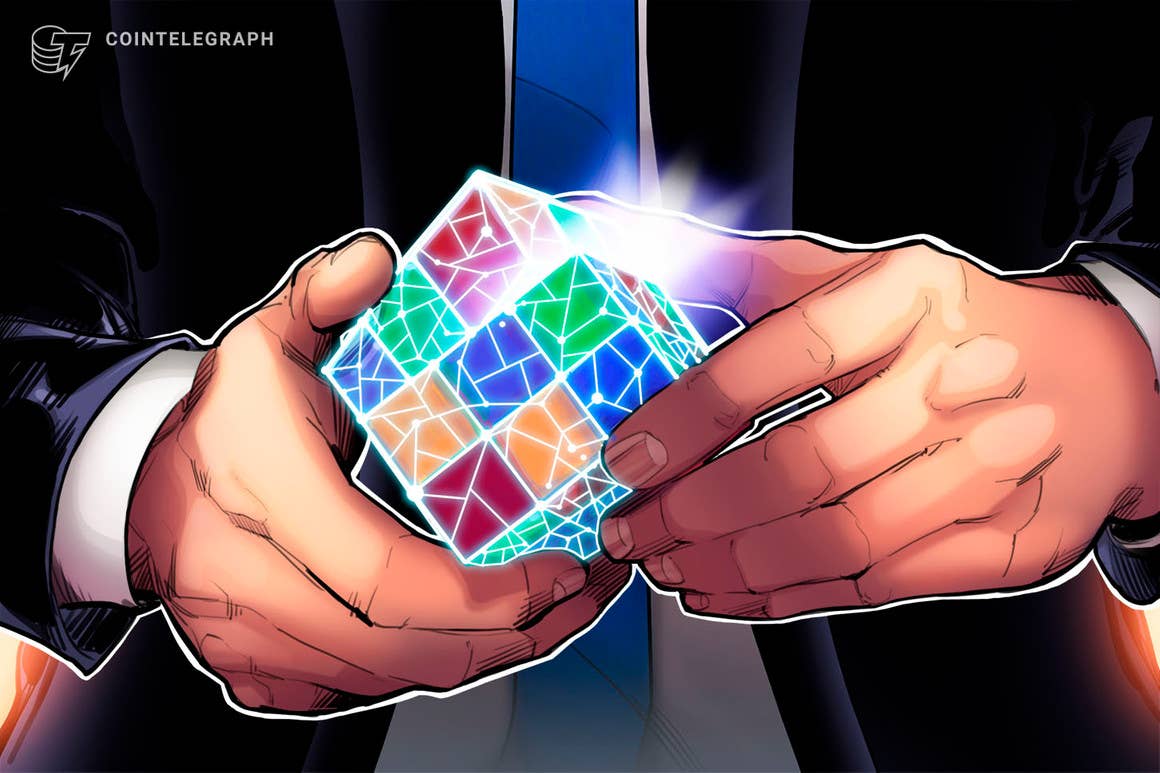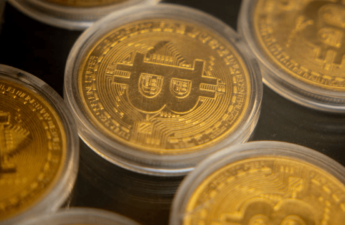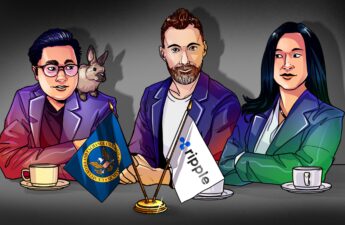Decentralized autonomous organizations (DAO) have been a contentious issue in the blockchain and cryptocurrency world for a while now. From their early days as seen in the case of the Slock.it the German startup that brought about The DAO, to current iterations, DAOs have the potential to make or break the crypto and decentralized finance (DeFi) industry, and education will be a deciding factor.If recent developments are anything to go by, a misunderstanding of the true nature of the technology behind most DeFi projects could be a contributing factor to the lack of regulatory clarity. Recent dialogue between MakerDAO delegates and Senator Elizabeth Warren proves that regulators do not have a firm grasp of the DeFi space or of how DAOs work.In the dialogues, not only did the senator show lack of interest in the organization but one of the delegates claimed that much of the time was spent convincing the anti-crypto senator that MakerDAO and the defunct 2016 The DAO are different entities.United States Senator Warren, who is a vocal crypto skeptic, has also expressed concerns about the rapidly growing stablecoin market, suggesting a ban on United States banks holding reserves that back stablecoins. Could a lack of understanding of how DAOs, such as MakerDAO, work be a contributing factor to how regulators perceive the sector? In this article, we take a look at the various DAOs developing in the DeFi space and how they serve their purpose, and provide a primer that will help you get a better understanding.So, what is a DAO?Simply put, a decentralized autonomous organization is a concept for a blockchain-specific entity built and collectively owned by its members. For governance, such entities will rely on the decision-making protocols embedded in smart contracts as opposed to conventional organizations that use central leadership systems. Since smart contracts are impersonal, the organization can be governed by a more horizontal structure without an entrenched hierarchy. Members of the DAO can decide to have built-in treasuries that come with restricted access to approved members who fit pre-specified conditions. Without a centralized governing body, members of a DAO can make proposals and collectively decide on what proposals to implement through a voting system. Smart contracts can help throughout the voting process and automatically implement changes based on the votes.What makes DAOs different?At its core, a DAO is built to address the perpetual principal-agent dilemma. This problem is a common challenge that occurs when an agent (a centralized entity or an individual) is caught in a situation where they have to make decisions that satisfy the divergent goals, priorities and needs of the group (principal) without compromising their own interests. While this dilemma is prevalent among public and private entities across the globe, DAOs aim to eliminate this challenge by replacing hierarchical centralized forms of decision-making with a trustless system built on autonomous smart contracts.Smart contracts can be programmed such that the incentives of all the members of the group are aligned in a codified format built into the blockchain. With a properly executed DAO, all the stakeholders of the organization will be able to participate in the governance and decision-making of the group.How a DAO worksAlthough the underlying mechanisms of DAOs vary from one platform to the other, the general formula is one where a series of smart contracts is deployed. These smart contracts can be programmed to allow for future changes in case there is a need for an incentive program to help the DAO grow and expand to new functionalities. A DAO can be created for practically anything ranging from a freelancer network to a charitable organization and even a political government. Smart contracts make or break the DAO, as they facilitate transparency and enable the organization to run autonomously without intermediaries. After the smart contracts are created, tested and fully deployed, the DAO needs funding to incentivize members to manage and maintain the organization. Most DAOs will use a token that gives holders voting rights as well as rewards for participating in the maintenance of the platform. With audited smart contracts and a funding procedure set, the DAO can launch and have its future controlled by the members of the organization.Real-world examples of DAOsThere are various examples of DAOs that exist today. Technically, Bitcoin can be considered to be an early version of a DAO, as its network grows via community agreements among its miners and node operators — plus, there is no central governing entity.BitcoinThe Bitcoin network could be considered the first example of a DAO. It is run by a network of participants (miners and node operators) who coordinate their activities for the benefit of the whole organization as well as their own interests. However, it lacks a complex governance mechanism, which has become a typical characteristic of all DAOs, and by today’s standards, wouldn’t truly be considered a DAO.DashThe Dash cryptocurrency project could be considered the first real attempt at a DAO. It is the first known DAO, at least by today’s standards, as its governance mechanism allows stakeholders to vote on how the treasury is used.Dash first launched in 2015 and operates on a network made up of a collection of 5,000 master nodes distributed throughout the world. The Dash blockchain started as a Bitcoin fork, however, but has since evolved into a privacy-centric cryptocurrency.The DAOThe DAO, a now-defunct decentralized autonomous organization on Ethereum, was designed to operate as a decentralized venture capital fund for decentralized applications (DApp). The DAO was developed as an open-source platform by Slock.it, a Germany-based startup. During its launch, The DAO managed to crowdfund 12.7 million Ether (ETH) worth about $150 million at the time. The idea was to have DApp developers pitch their ideas to the community and receive funding if approved. Although The DAO was one of the most heavily funded crypto projects to date, hackers were able to exploit an error in its smart contract less than three months after its launch. It is important to note that the error or bug in the smart contract was not on Ethereum’s blockchain but the application developed by Slock.it and deployed on Ethereum’s network.As a result of the incident, Ethereum’s community opted for a hard fork to offset the attack, while dissenting voices maintained the old chain that is now Ethereum Classic.MakerDAOSimilar to The DAO, MakerDAO is a decentralized organization built on the Ethereum blockchain.The project, a DeFi lending protocol steered by the Maker Foundation, first became public in 2015. The project’s multi-collateral Dai stablecoin was launched in November 2019.Per the Maker Foundation, Dai’s stable value makes it a useful digital asset for issuing loans and hedging against crypto’s volatility. However, Dai is different from other stablecoins, as its value is only softly pegged to the U.S. dollar. This means that there is no centralized entity with dollar reserves that back Dai tokens. Dai uses collateral in the form of Ethereum-based assets locked in smart contracts on the MakerDAO platform. With every Dai token generated, the value of Ethereum-based assets locked in smart contracts must exceed that of Dai issued to borrowers. This makes it possible for anyone to lock more volatile assets and receive Dai, which is a more stable asset. UniswapUniswap is one of the latest successful DAOs in the DeFi space. After a successful launch of its decentralized automated market-making protocol in 2018, the team moved to launch a governance token that would transition Uniswap into a decentralized community governed by its users. Now, Uniswap users are not only able to supply liquidity to the decentralized exchange but also submit governance proposals to the platform.Risks of DAOsDAOs are a novel organizational structure challenging traditional organizations, thus attracting numerous regulatory, operational and legal challenges. For instance, given that a DAO can have its members distributed across various jurisdictions, the legal issues of dealing with cross-border contractual agreements and relationships can be quite the challenge. Furthermore, given that DAOs are governed with the help of smart contracts, achieving consensus from the DAO’s stakeholders can be time-consuming. Also, malicious actors can exploit possible loopholes in the code of the smart contract to compromise the security and functionality of the DAO as was the case with The DAO in 2016.The journey aheadWhile the principles behind a DAO are designed to enable ideal and completely decentralized organizational structures, the underlying technology that DAOs are built on is anything but perfect. At the moment, existing DAOs still rely on a certain degree of centralization for efficient decision making especially in the initial stages of the DAO’s development. But despite the nascent stage of DAO development, the concept represents a world-changing governance structure that can introduce fairness and transparency across multiple industries.When rightly executed, DAOs can also introduce decentralized forms of regulation and legal compliance, thus advancing the ethos of decentralization across multiple areas of society.
Source link
DAOs can solve important dilemmas but more education is required




